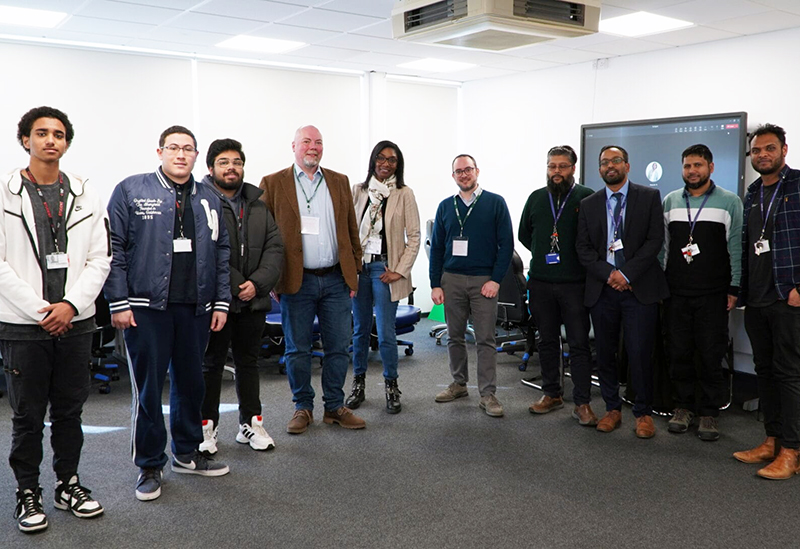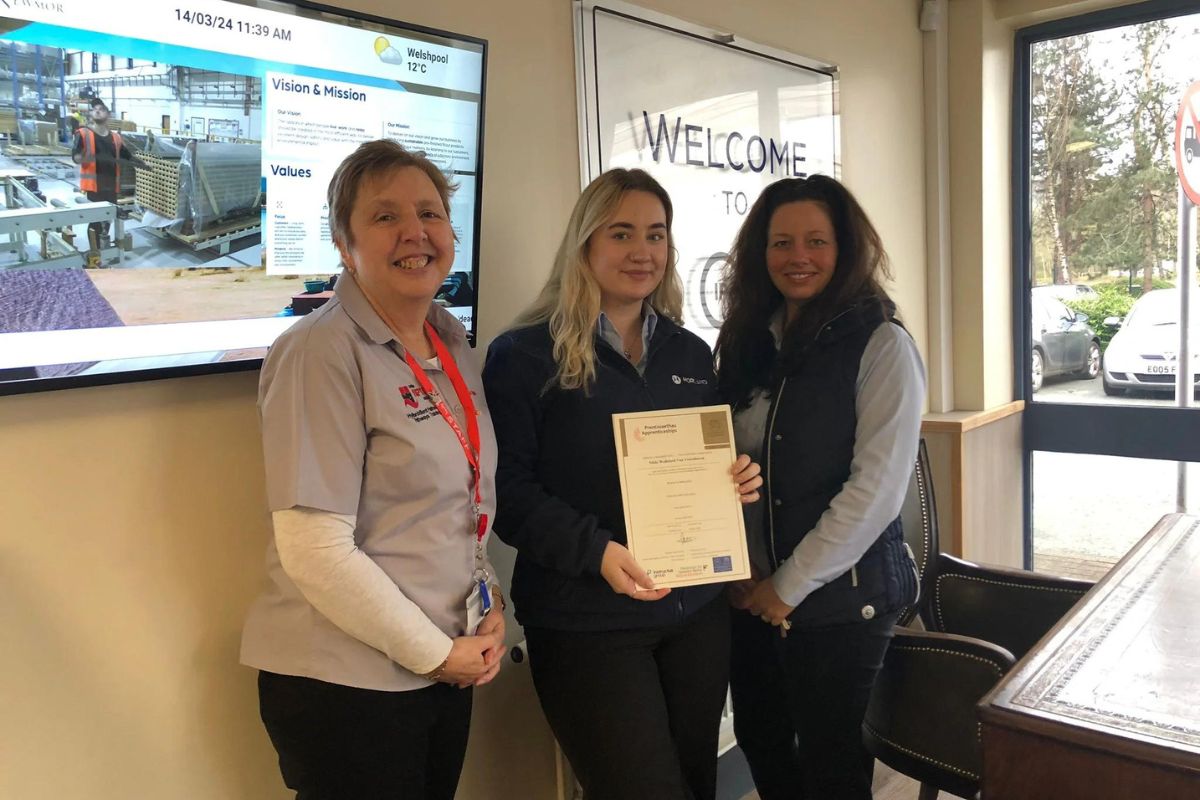Harness the power of LinkedIn to help boost your career search

LinkedIn can be one of the most powerful tools when it comes to your professional life. Using it correctly can teach you more about your chosen field, help you make new industry connections and even boost your career search.
In fact, a completed professional LinkedIn profile, which provides relevant information has the possibility to make you more attractive to employers and recruiters, so it’s certainly not a platform you should ignore.
Nearly every industry uses LinkedIn to find and vet job candidates, and over 90% of recruiters rely on the site. So, your profile can’t just be a storage space for career contacts – it needs to be a living, breathing record of your professional life. Below, we’ve shared some top tips to help boost your online profile:
Profile
Firstly, optimise your headline as this is the first area people will see. It should include your job title and/or areas of expertise – make sure you’re specific about your industry so you can be found by the appropriate employers in your sector.
The summary section of your LinkedIn is a great way to highlight your experience. Tailor this part of your profile to keep it relevant to your target audience. It’s also good to include any certifications, languages and other skills you may have. The more robust your profile, the more likely you are to get noticed.
Experience
Unlike a CV, where you’re tailoring your experience toward a specific position, your LinkedIn profile should be as detailed as possible as you don’t know the exact criteria people are looking for. We recommend listing every role you’ve worked in, focusing specifically on the past 5-10 years addressing your responsibilities and accomplishments.
Key skills and endorsements
There are over 1 million active UK job listings on LinkedIn currently and approximately 20 times the amount of users, so it’s important that your profile stands out. Why not spend some time scrolling through roles that you’re interested in and jot down the specific skills they ask for?
Often, employers will search LinkedIn for keywords of the job description they’re trying to fill. Peppering some of these words into your skills section, summary and work experience will enable them to find you more easily.
Recommendations
LinkedIn recommendations can make a positive difference to your online reputation and can have a significant impact on your prospects as a job candidate. However, the effectiveness and weight those recommendations carry depends on the quality of who writes them. Ask colleagues, managers, clients, and stakeholders to provide recommendations to strengthen your profile and reference your capabilities.
Groups and companies
Joining relevant groups is a great way to network with people who have similar professional interests and enables you to expand your network. Following companies you’re interested in also ticks these boxes.
Additionally, following organisations increases your awareness of company and industry updates, and keeps you up to date with any recruitment needs. Don’t forget that LinkedIn is a social network, so be social. Like, comment and share interesting updates to maximise your visibility and drive traffic to your profile.
Your LinkedIn profile can help you build both your personal and professional brand, showcasing your skillset to prospective employers. Unlike a CV, it gives you the opportunity to talk to your peers and expand your network, making it the most instant way to get noticed by employers and recruiters alike.
CABA is the charity supporting the wellbeing of chartered accountants and their families. Explore the tools you need to successfully supercharge your career. Whether you’re just starting out, looking to return to work after a career break or simply looking to take on a new challenge there are plenty of tools available. CABA is working in partnership with expert trainers and career coaching providers Renovo.
Jessica French, Learning and Development Manager, CABA












Responses